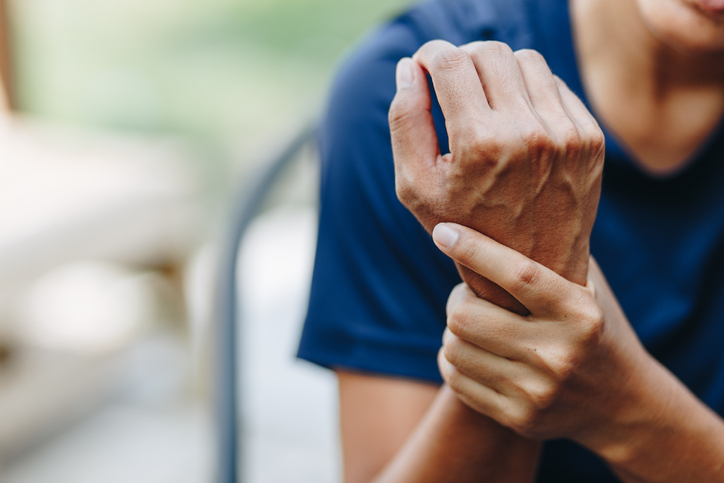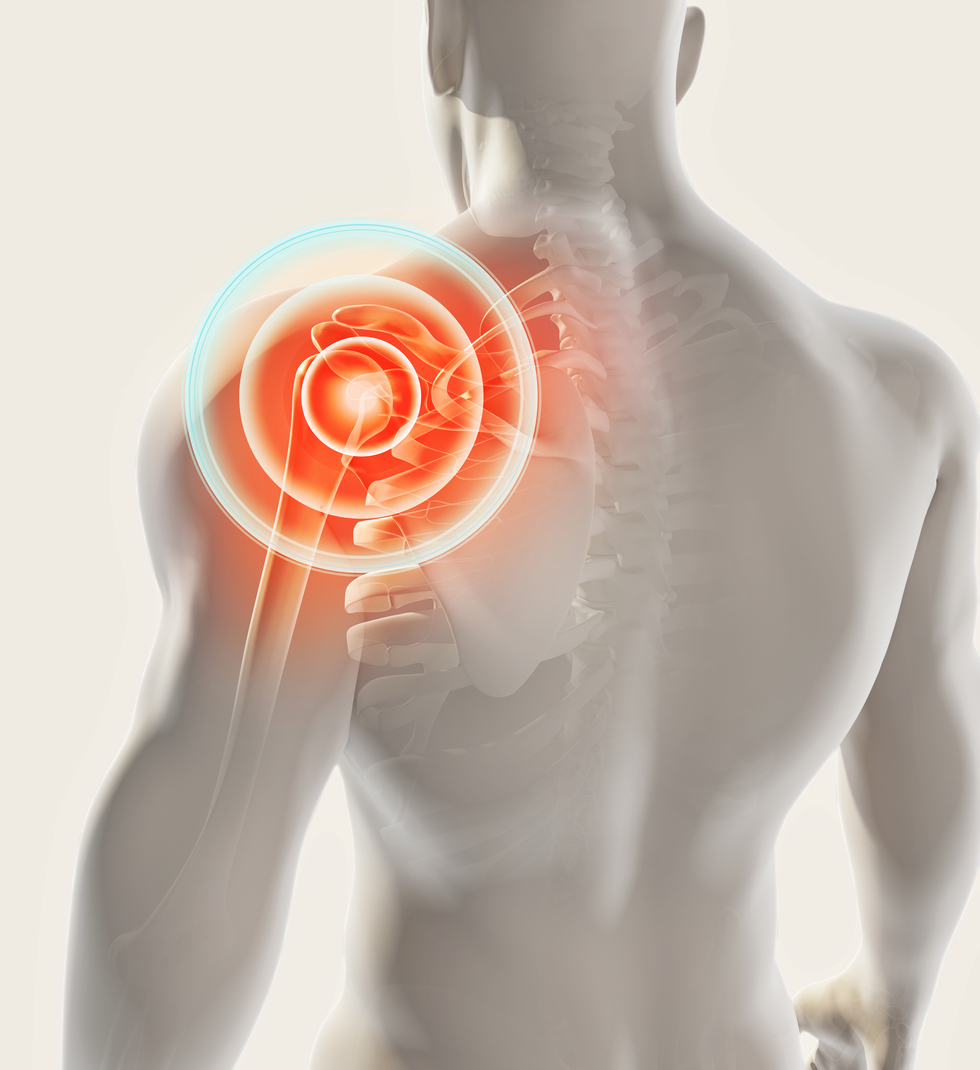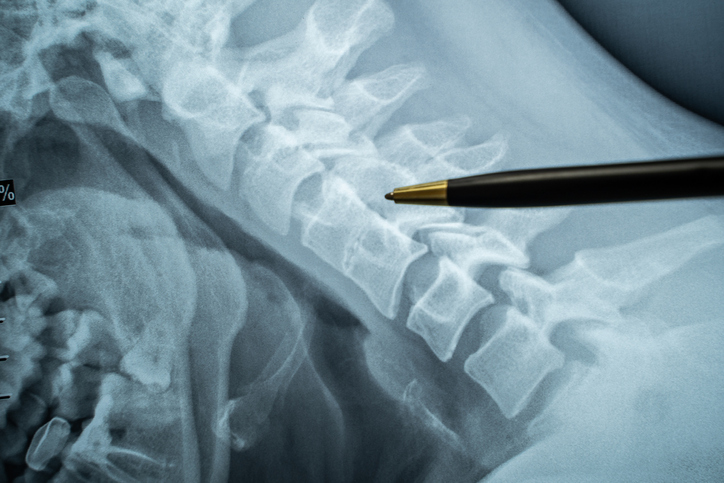Pain
Tips for Chronic Pain Management in Children
Source: American Psychological Association, National Center for Biotechnology Information: U.S. National Library of Medicine: National Institutes of Health, Practical Pain Management, Mayo Clinic

4 people found this helpful
Print
Share
Save
Chronic pain is defined as pain that lasts for at least three months. Although chronic pain typically develops in adulthood, it can also occur in childhood. Chronic pain in children commonly involves headaches, abdominal pain, or musculoskeletal pain.
If a child’s chronic pain is not addressed, it can lead to missed days of school or other activities, anxiety, or depression. However, steps can be taken to help manage a child’s chronic pain.
Seven tips to help manage a child’s chronic pain include the following:
- Validate the child’s pain, but remain positive.
It is important to be empathetic yet optimistic when dealing with a child’s chronic pain. Focusing too much on the pain or overreacting to it can make the child focus on it too much or overreact themselves, which can actually make the pain feel worse. - Encourage the child to practice relaxation techniques.
Relaxation techniques, such as deep breathing or meditation, can help the child relax, which can reduce pain and anxiety. When children learn that they can rely on these strategies, they gain a feeling of power over their pain. - Consider alternative and complementary therapies.
Ask the child’s physician if they may benefit from alternative therapies, such as massage therapy, acupuncture or aromatherapy. Alternative and complementary therapies can often be used in conjunction with conventional medical treatments and may provide additional relief. - Advocate school participation as much as possible.
Ask the child’s teachers or school administrators if they can provide a short rest period or other accommodations for the child when they are experiencing pain. These strategies may be enough to relieve the pain so that the child is able to be present in the classroom. - Help scaffold activities for the child.
Whether the child is attending a school-related activity, participating in a sport, or completing an activity at home, help them with activity pacing to break the activity into manageable steps. This provides the child with a sense of accomplishment and also reduces the risk of worsening pain. - Ensure that the child gets enough sleep and consumes a healthy diet.
Both sleep deprivation and poor nutrition can worsen chronic pain, so a nutritious diet and quality sleep are important factors in pain management. - Encourage regular physical activity.
With a physician’s guidance, set realistic fitness goals for the child. Participating in regular physical activity promotes muscle strength and joint flexibility and also contributes to overall physical and mental health. Low-impact activities, such as yoga or water therapy, are good options.

















